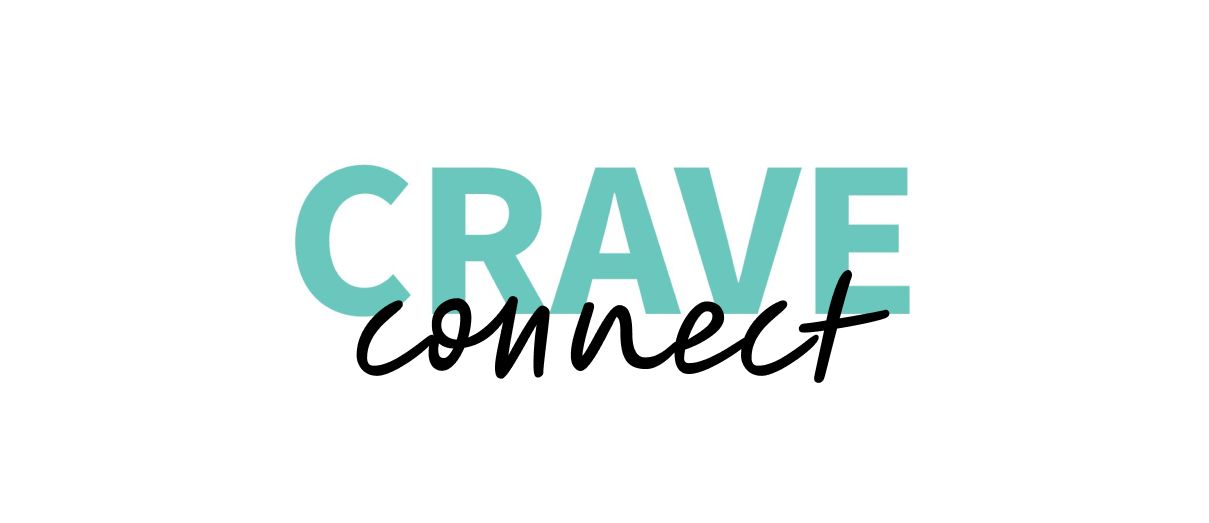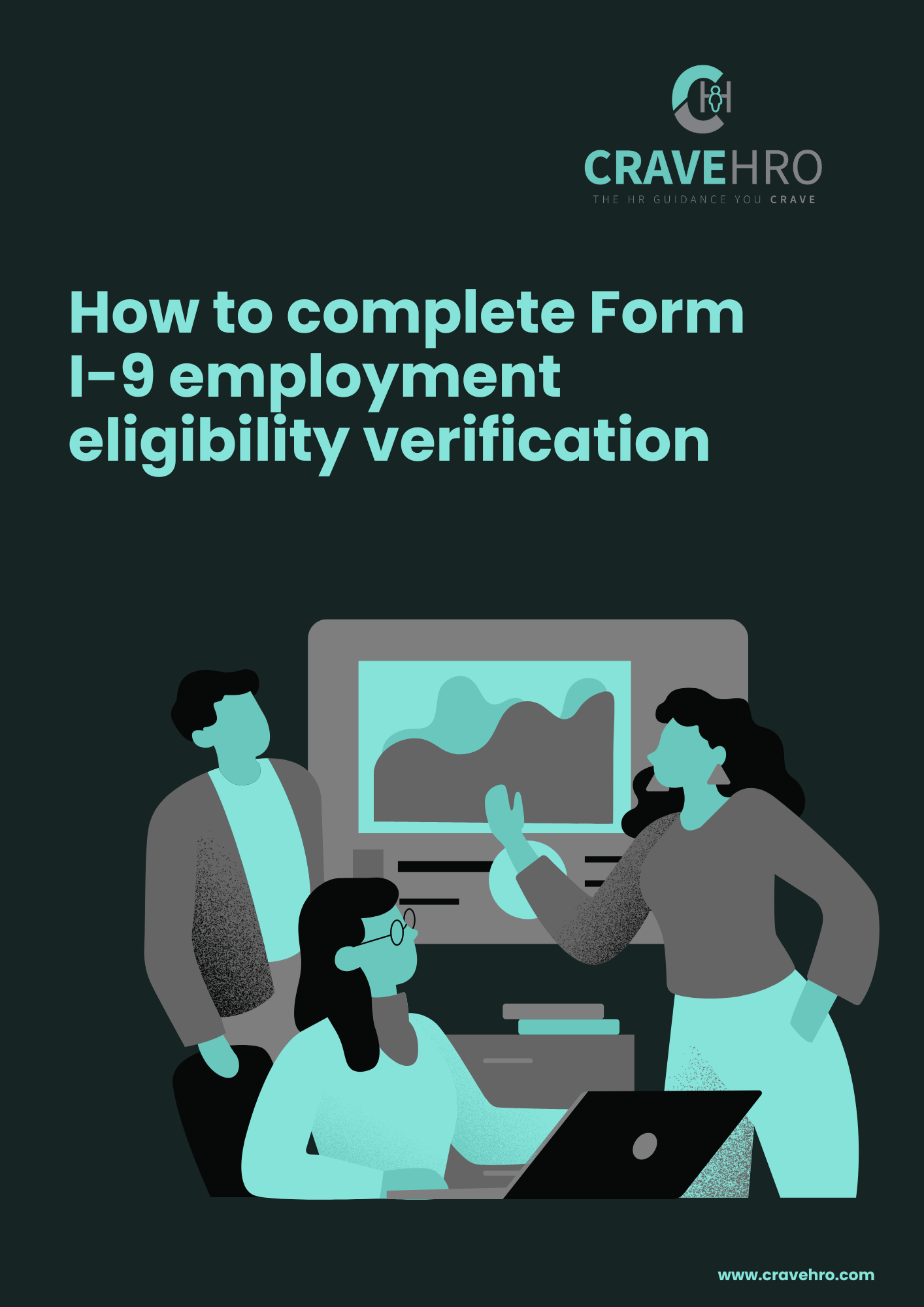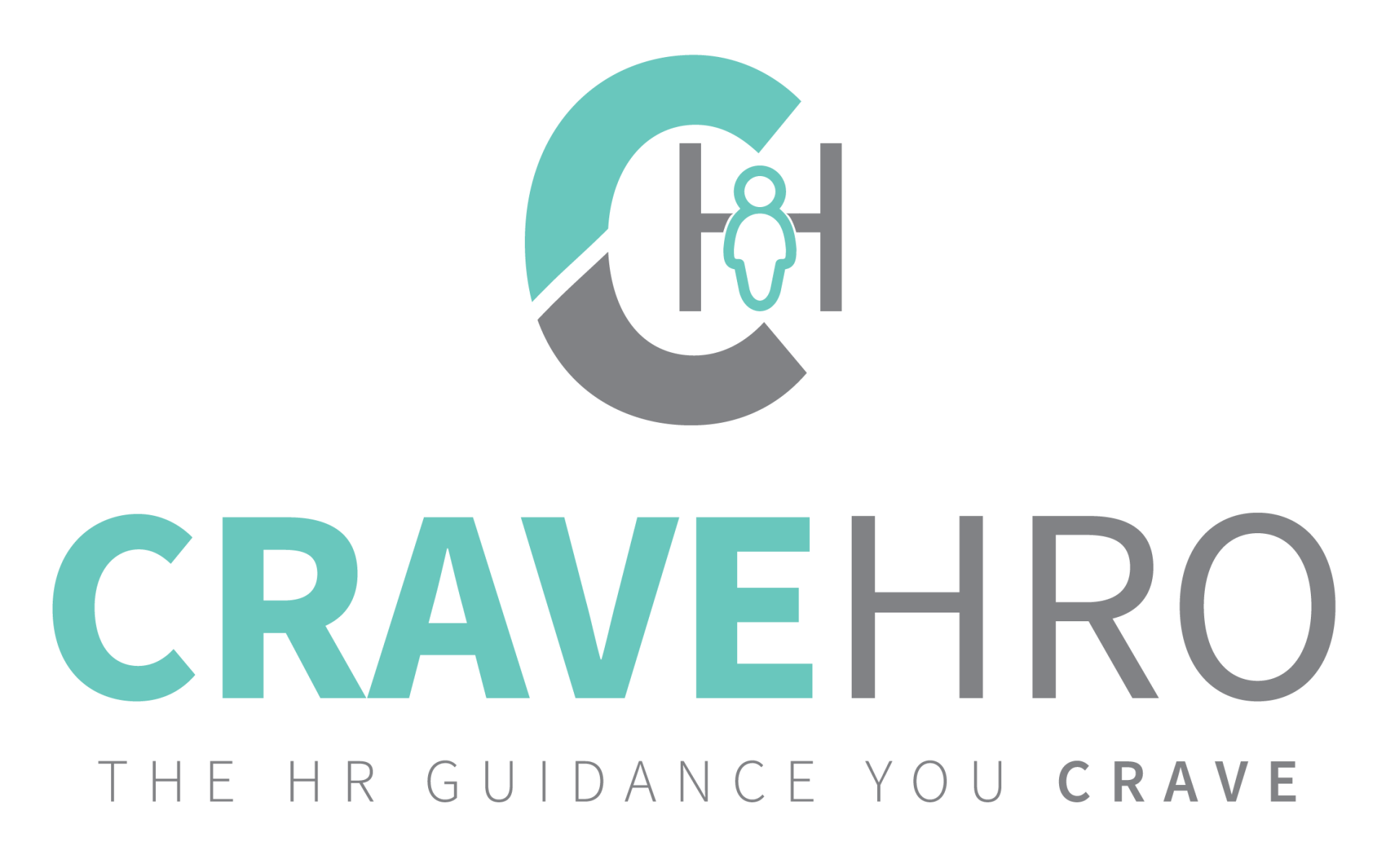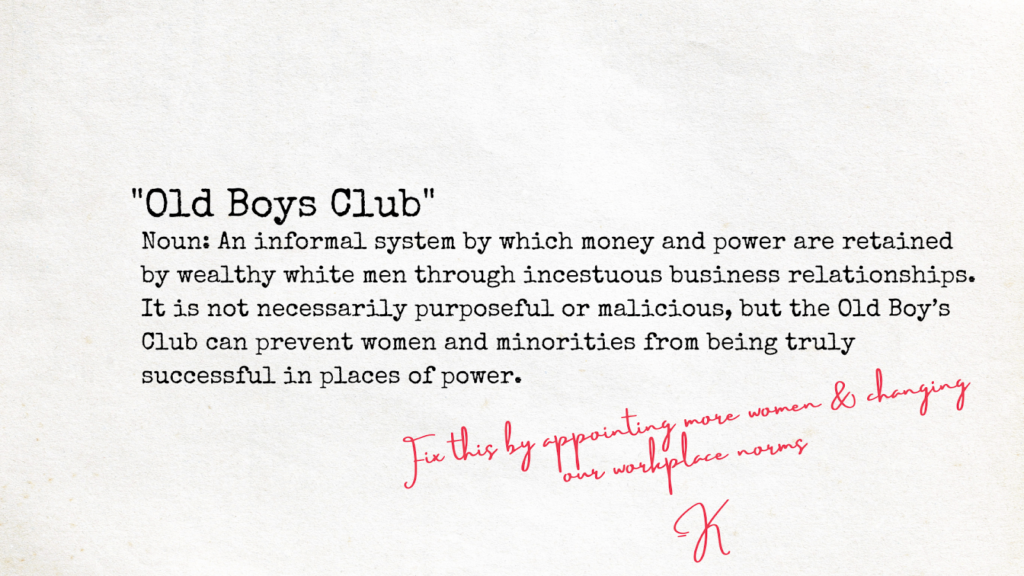
March 8, 2023
International Women's Day is a day to celebrate the achievements of women around the world and to raise awareness of the ongoing struggle for gender equality. Unfortunately, one of the biggest obstacles to gender equality in the workplace is the "Old Boys' Club" mentality. This mentality is characterized by a male-dominated culture where women are often marginalized, excluded from decision-making processes, and subjected to discrimination and harassment.
The Old Boys Club mentality is a deeply ingrained cultural phenomenon that can be found in many workplaces, industries, and even in society at large. It is a product of a patriarchal system that has historically valued masculine traits and characteristics over feminine ones. This can manifest in subtle ways such as language, attitudes, and behaviors, which can be difficult to detect but have a significant impact on the experiences of women in the workplace.
One of the biggest challenges facing women in a male-dominated workplace is the issue of representation. When there are only a few women in leadership positions, it can be challenging to have your voice heard and your ideas taken seriously. Women may also feel pressure to conform to masculine norms to fit in with the dominant culture, which can be exhausting and undermine their confidence and sense of self.
Another challenge is the prevalence of unconscious bias, which can manifest in the form of stereotypes, assumptions, and judgments about women's capabilities, interests, and priorities. Women may be perceived as less competent or ambitious than men, and as a result, their contributions may be overlooked or undervalued. For example, when a male has a differing opinion, it is often called "strategizing," while a female who disagrees may be labeled as "challenging" and "difficult." This double standard can make it challenging and difficult for women to gain the respect they deserve.
Another critical component of addressing the Old Boys Club mentality is to challenge the underlying assumptions and beliefs that reinforce gender stereotypes and biases. This requires creating opportunities for dialogue and reflection and encouraging men and women to engage in honest and open conversations about the impact of gender on their experiences in the workplace.
To overcome these challenges, people in leadership positions must be intentional about building a culture of inclusivity and diversity within their teams and organizations. This can be achieved through initiatives such as mentorship programs, leadership training, and policy changes that promote gender equality.
Although women are just as capable and deserving of leadership roles as men, the need to manage the Old Boys' Club mentality is an unfortunate reality for many professional women. However, it is possible to manage the Old Boys' Club mentality and succeed as a woman in management. Here are some tips:
- Speak up confidently: It is important to speak up confidently when expressing your opinions and ideas. Women are often socialized to be more passive and accommodating, but in a male-dominated workplace, this can be interpreted as a weakness.
- Build alliances: Seek out like-minded individuals within the company who are also committed to promoting gender equality. Build alliances with both male and female colleagues who share your values and can support you when necessary.
- Document everything: Keep a record of any incidents of discrimination, harassment, or unfair treatment. This documentation can be useful in building a case for yourself if you need to escalate the issue to HR or senior management.
- Educate others: Many people may not be aware of the impact of their actions on women in the workplace. Educate your colleagues on the importance of diversity and inclusion and how their actions can contribute to a more positive workplace culture.
- Seek out mentors: Look for mentors who can offer guidance and support as you navigate the challenges of being a woman in management who have experience in overcoming the Old Boys Club' mentality and can provide insights and advice on how to succeed.
Being one of the few, or worse, the only, woman in management in a company can be daunting. It is not easy to navigate through a workplace where your opinions and ideas are not valued in the same way as your male counterparts. Through a collective effort that involves both men and women working together to create a more equitable and inclusive workplace culture, we can break down barriers and create a workplace that values the contributions of all individuals.












